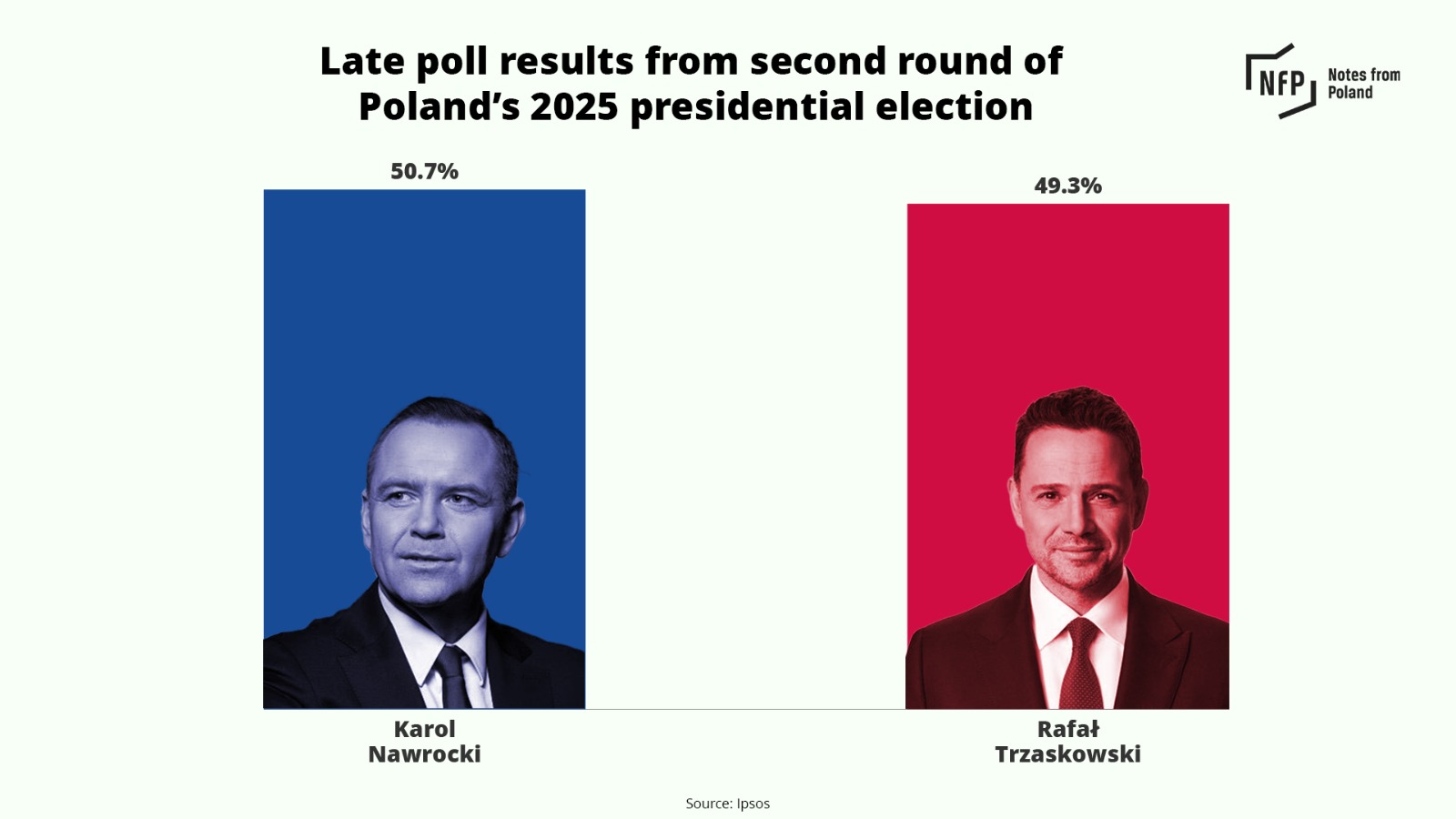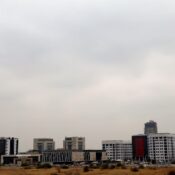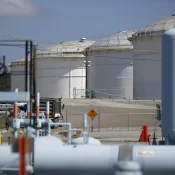
South Korea’s factory output drops again, and new orders drop the most in five years, according to the PMI
In May, South Korea’s factory activity experienced a fourth consecutive month of decline due to the impact of U.S. tariffs and the fragile domestic demand. Additionally, overall orders experienced their steepest decline in five years, according to a business survey released on Monday.
In May, the Purchasing Managers Index (PMI) for manufacturers in Asia’s fourth-largest economy increased to 47.7 from 47.5 in April, as reported by S&P Global.
Since February, the index has maintained a value below the 50-point threshold that distinguishes expansion from contraction.
“The manufacturing sector in South Korea was in a state of instability at the beginning of May,” stated Usamah Bhatti, an economist at S&P Global Market Intelligence.
The contraction was frequently attributed by firms to the ongoing stagnation in the domestic economy and the ongoing impact of higher U.S. tariffs on the home market and key export markets.
In just over two and a half years, output has declined at the fastest rate, while new orders have experienced their most significant decline since June 2020.
The global trade conflict initiated by U.S. President Donald Trump has exacerbated the already fragile demand conditions in South Korea, which has recently experienced its most severe wildfires on record and is currently grappling with political unrest.
In the first quarter, the trade-dependent economy experienced an unexpected contraction, which increased the pressure on policymakers to support demand.
On Thursday, the Bank of Korea reduced rates for the fourth time in its current easing cycle and nearly halved the economic outlook for this year to 0.8%, just days before a presidential election scheduled for June 3. The bank cited a sluggish construction sector and adverse risks from U.S. tariff policy.
The PMI survey also indicated a decrease in backlogs of work for the second month, with the most significant depletion in nearly five years attributable to subdued new orders.
On a more positive note, manufacturers experienced a brief period of optimism, which was partially influenced by the anticipation of a reduction in global trade tensions, thereby reversing the negative sentiment that prevailed in April.
Nevertheless, the level of confidence was modest and was indicative of the ongoing apprehension regarding the effects of tariffs.
All Categories
Recent Posts
Tags
+13162306000
zoneyetu@yahoo.com



